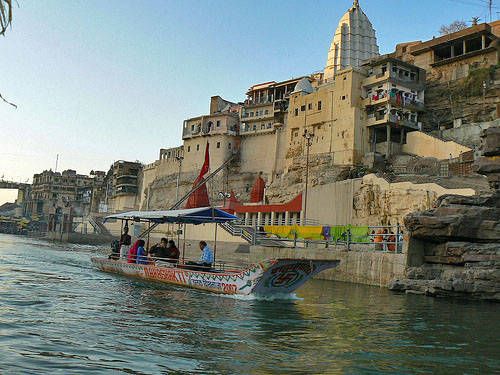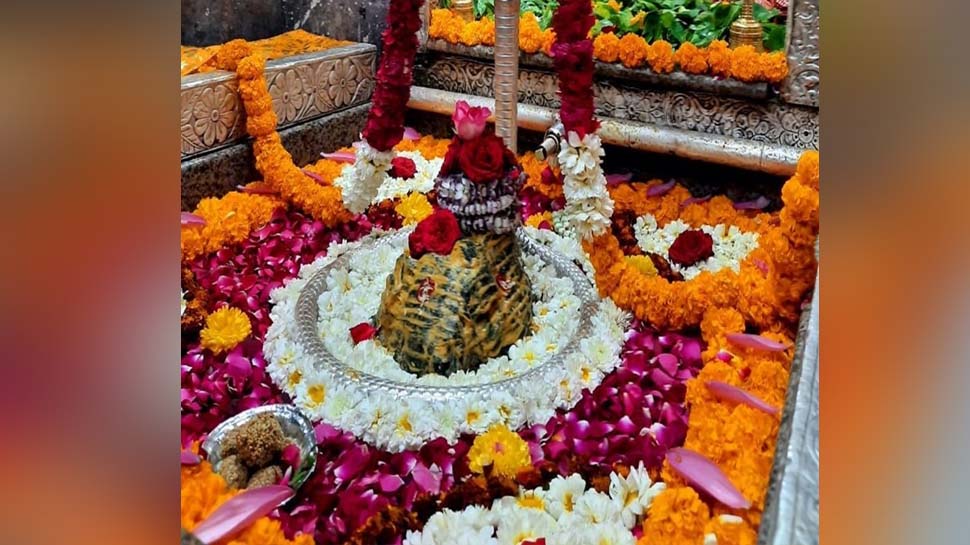ॐ श्री गुरुभ्यो नमःॐ श्री शिवानन्दाय नमः ॐ श्री चिदानन्दाय नमःॐ श्री दुर्गायै नमः
Source of all Images in this Blog-post : Google Images : ‘Google Image Search’ will reveal the multiple sources of every single image shared in this Blog. For more details, kindly see ‘Disclaimer‘
Official Website of Omkareshwar Jyotirlinga Temple in Madhya Pradesh

Omkareshwar is a Hindu temple dedicated to Hindu God Shiva. It is one of the 12 revered Jyotirlinga shrines of Lord Shiva.
It is on an island called Mandhata or Shivapuri in the Narmada river in the Indian state of Madhya Pradesh. The shape of the island is said to be like the Devanagari ॐ symbol of Indian classical language Sanskrit.
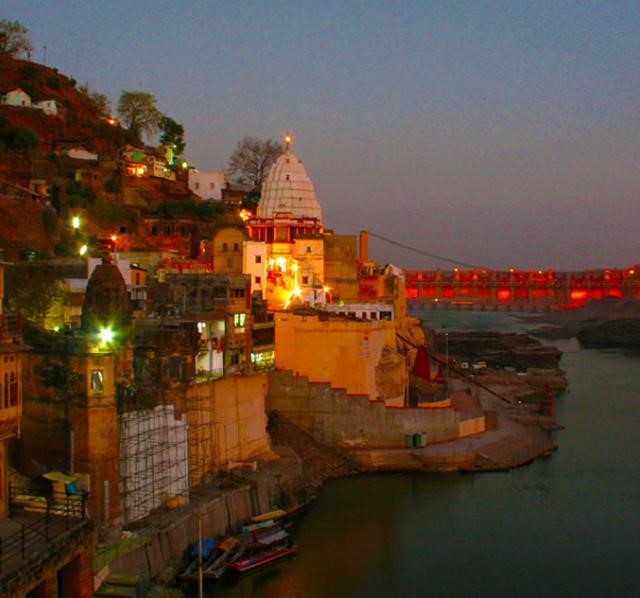
There are two main temples of Lord Shiva here, one is Omkareshwar meaning ‘Lord of Omkara’ or the ‘Lord of the Om Sound’ located in the island, and the other one is Mamleshwar meaning ‘Immortal lord’ or ‘Lord of the Immortals or Devas’ located on the south bank of Narmada river on the mainland.
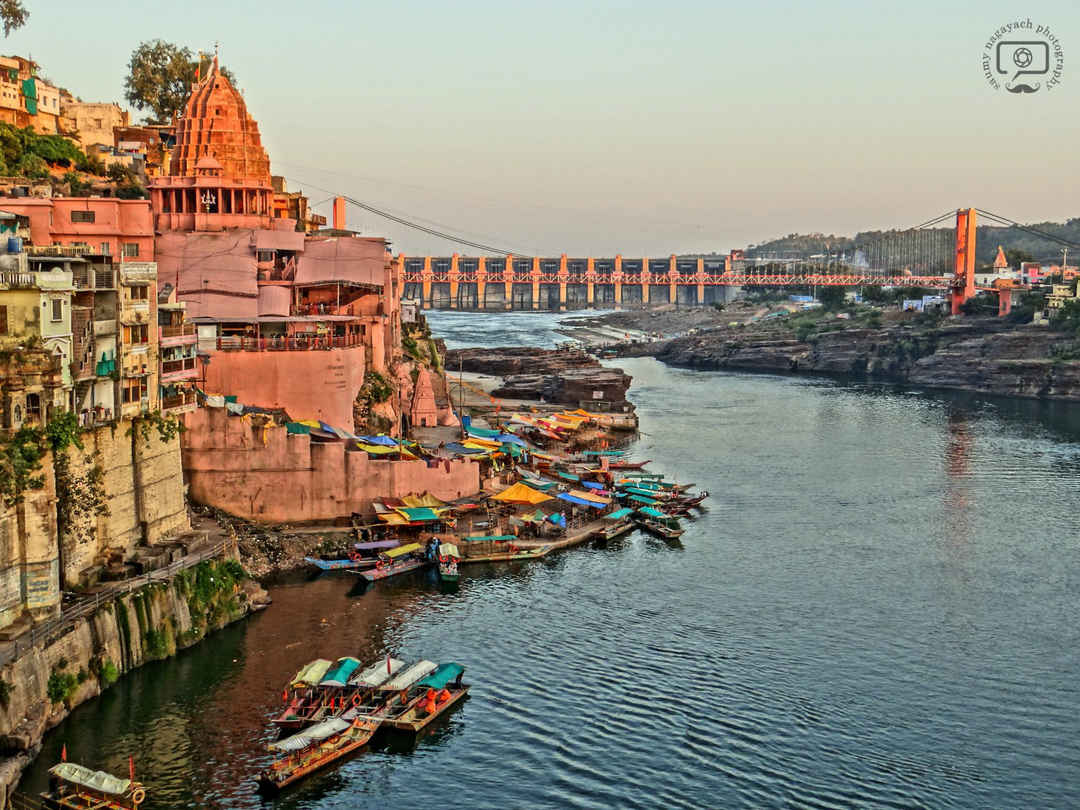
JyotirLinga :
As per Shiv Mahapuran, once Brahma (the Hindu God of creation) and Vishnu (the Hindu God of Protection and Care) had an argument in terms of supremacy of creation.
To test them, Shiva pierced the three worlds as a huge endless pillar of light, the Jyotirlinga. Vishnu and Brahma split their ways to downwards and upwards respectively to find the end of the light in either directions.
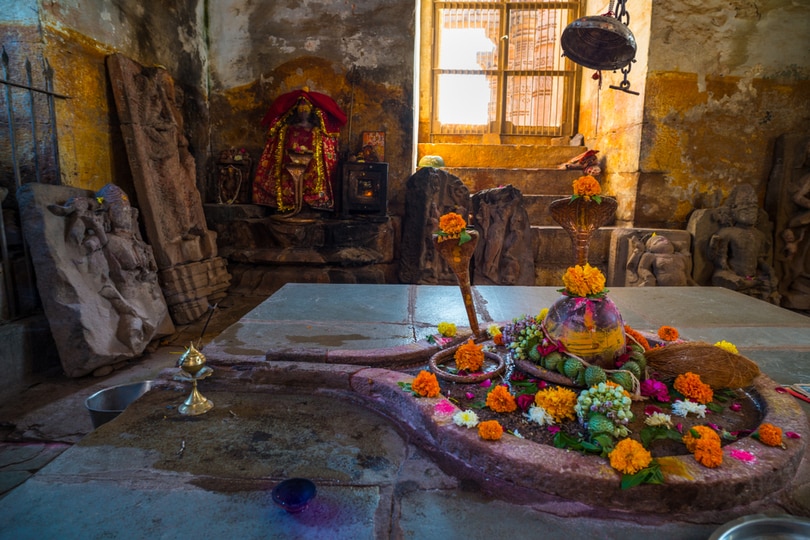
Brahma lied that he found out the end, while Vishnu conceded his defeat. Shiva appeared as the second pillar of light and cursed Brahma that he would have no place in ceremonies while Vishnu would be worshipped until the end of eternity.
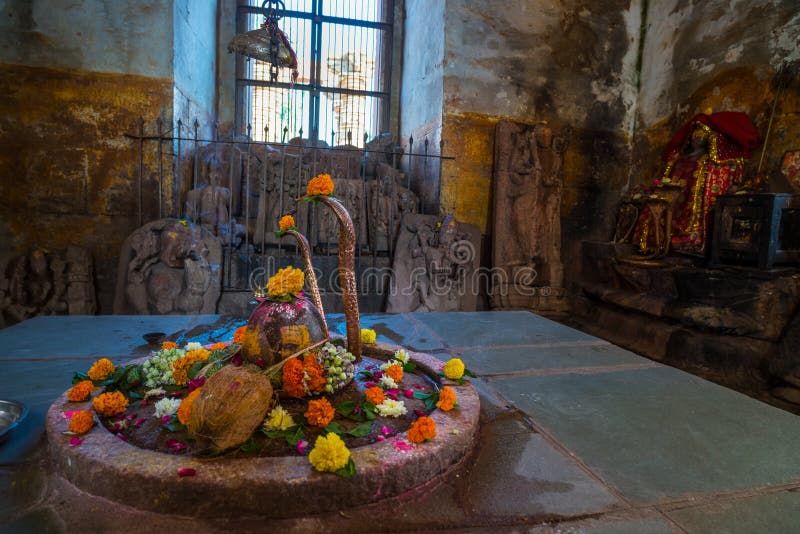
The Jyotirlinga is the supreme partless reality, out of which Shiva partly appears. The Jyothirlinga shrines, thus are places where Shiva appeared as a fiery column of light.
Originally the belief was that there are 64 Jyothirlingas while 12 of them are considered to be extremely auspicious and holy.

Each of the twelve Jyothirlinga sites take the name of the presiding deity, each considered a different manifestation of Shiva. At all these sites, the primary image is Lingam representing the beginningless and endless Stambha pillar, symbolizing the infinite nature of Shiva.

The twelve Jyothirlingas are :
Somnath in Gujarat,
Mallikarjuna at Srisailam in Andhra Pradesh,
Mahakaleswar at Ujjain in Madhya Pradesh,
Omkareshwar in Khandwa in Madhya Pradesh,
Kedarnath in the Himalayas in Uttrakhand state,
Bhimashankar in Maharashtra,
Kashi Viswanath at Varanasi in Uttar Pradesh,
Triambakeshwar near Nashik in Maharashtra,
Baidyanath Temple, Deogarh in Jharkhand,
Nageswar at Dwarka in Gujarat,
Ramanatha Swamy at Rameswaram in Tamil Nadu and
Grishneshwar near Aurangabad, in Maharashtra.
Legends & History :
As per Hindu legend, Vindhya, the deity controlling the Vindhyachal mountain range was worshipping Shiva to propitiate himself from the sins he had committed.
He created a sacred geometrical diagram and a Lingam made of sand and clay. Shiva was pleased with the worship and believed to have appeared in two forms, namely Omkareshwar and Amaleswara.
Since the mud mound appeared in the form of Om, the island came to be known as Omkareshwar. There is a shrine for Parvati and Ganapati in the temple as well.
Adi Shankara’s Cave – Omkareshwar is said to be the place where Adi Sankara met his guru Govindapada in a cave. This cave can be found even today just below the Shiva temple where an image of Adi Shankara has been installed.
Location :
The temple is situated in Khandwa district of Madhya Pradesh state in India. Omkareshwar is formed by the sacred river Narmada. This is one of the most sacred rivers in India and is now home to one of the world’s biggest dam projects.
The temple is situated on Mandatha island on the banks of river Narmada . The island is 2.6 km2 in area and can be reached by boats and bridge.
Read more about this JyotirLinga Temple on its Wikipedia page by clicking this link
